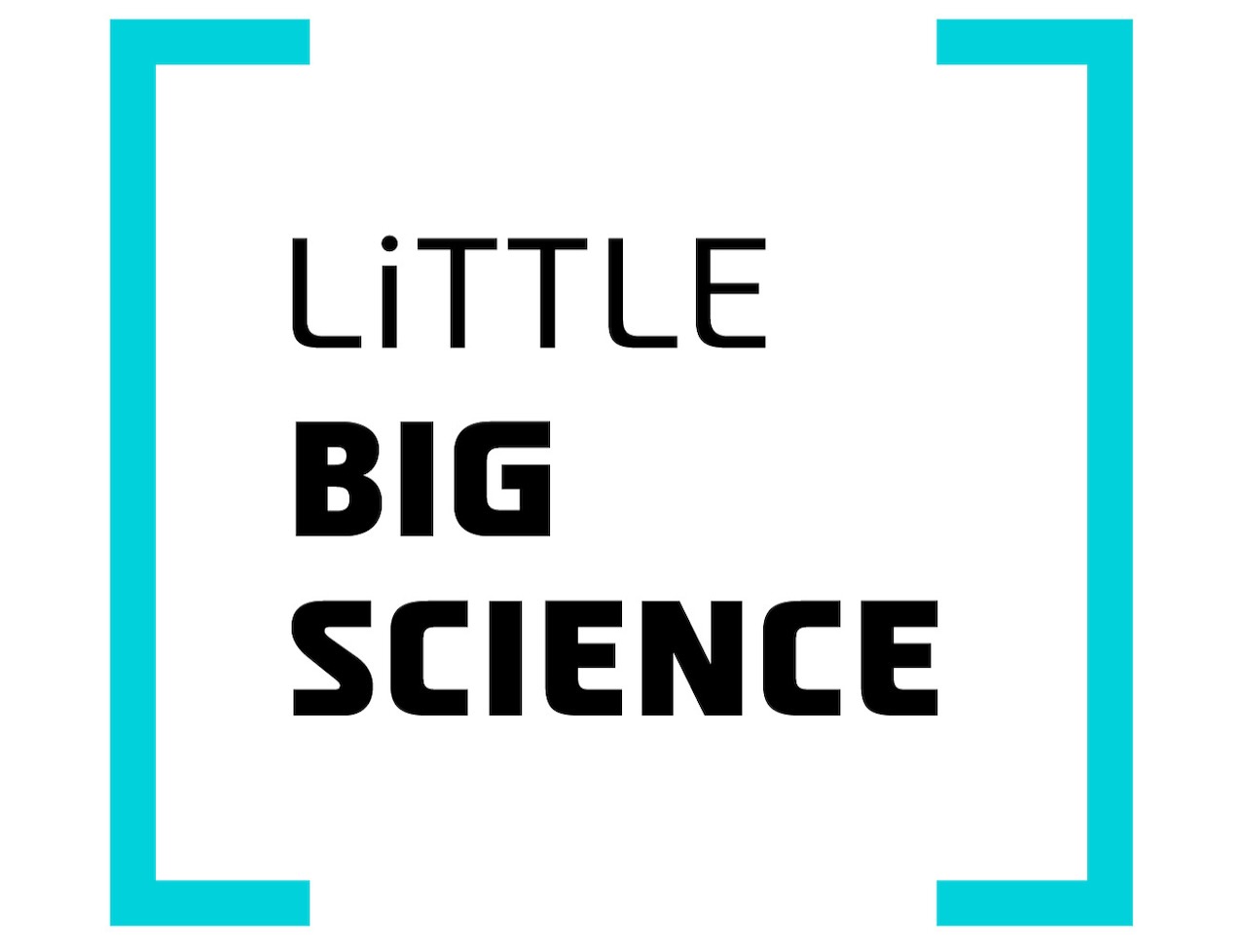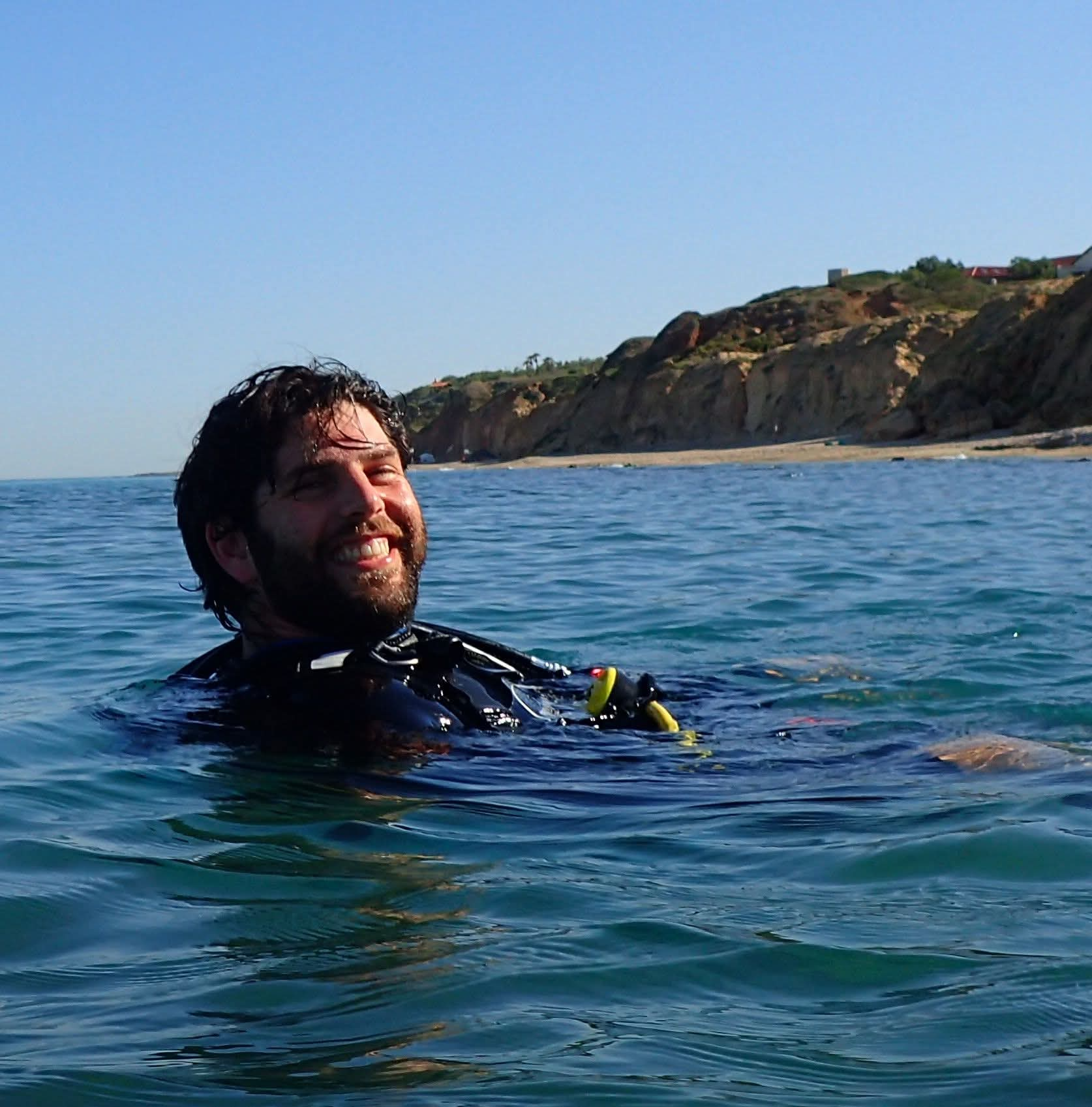
When we think about the harms of dangerous drugs, we picture crime, addiction, and human suffering. But it turns out that humans are not the only ones affected: a study conducted in the Czech Republic shows that fish can also be harmed by exposure to addictive drugs [1].
Advertisement
Methamphetamine, or “meth” for short, is the drug at the center of the popular television series Breaking Bad [2]. Meth is highly addictive and is often abused. A secondary problem arising from meth use is its leakage into the environment. When a person consumes meth, the drug does not fully break down. It is excreted in urine and flows into the sewage system, ultimately reaching wastewater treatment facilities.
However, these facilities were not designed to handle substances of this kind. While existing systems can purify water of most pollutants, they cannot remove all of them. Drugs, medications, hormones, and other compounds “slip” through treatment systems and end up in rivers and streams.
It has long been known that humans are not the only beings harmed by exposure to addictive substances. Various animals also become addicted to different drugs. In one study conducted in the Czech Republic, brown trout (Salmo trutta) were kept in water containing methamphetamine at a concentration similar to that found in the wild for eight weeks. The amount of methamphetamine in the water was infinitesimal, comparable to levels measured in rivers near large cities. The researchers then placed the fish in a special tank with two parallel currents of water. One current contained clean water and the other contained methamphetamine. The results were clear: the fish accustomed to the drug preferred the current containing methamphetamine, while fish that had not been exposed to the drug preferred the clean water. The fish exposed to methamphetamine also exhibited physiological withdrawal symptoms, including changes in heart rate and neural activity. In other words, the fish became addicted. The ecological significance of fish addiction is still unclear, but the researchers believe that addicted fish may invest their energy in seeking the drug instead of in vital activities such as foraging, avoiding predators, and reproducing.
This case is not unique. While environmental methamphetamine pollution may sound extreme, but it is just one example of a broader phenomenon, namely, the presence of pharmaceuticals and psychoactive compounds in the environment. Carbamazepine, an epilepsy medication, is one of the most common drugs repeatedly found in wastewater [3]. Like methamphetamine, carbamazepine is a very stable compound which is secreted from the body, and is not removed from wastewater by ordinary treatment systems. Over time, it accumulates in bodies of water and can affect fish and other organisms. Studies have shown that fish exposed to carbamazepine at environmentally relevant concentrations exhibit behavioral changes, such as reduced responsiveness to stimuli or slower movement [4]. A study conducted in Israel found that cucumbers irrigated with reclaimed wastewater absorbed and accumulated significant amounts of carbamazepine [5].
Antidepressants such as SSRIs, which are commonly used in Israel, can cause behavioural changes in fish making them “too brave”. This includes exposure to predators, consumption of food they normally avoid, and changes in their breeding patterns [6]. Hormones from birth control pills have also been detected in river water and can affect the reproductive systems of fish [7].
These pollutants leak into the environment due to a technological and engineering gap: our wastewater treatment systems were not designed to handle the complex compounds present in low concentrations in sewage. Unfortunately, drugs can have environmental effects even at minuscule doses. After all, that is how they function in the body: acting in small amounts. Once these substances reach the environment, they continue to act, only on entirely different targets.
The methamphetamine study revealed the most extreme outcome: fish that developed an addiction. However, there is a broader story behind it. It is about the interplay between humans and the environment. The issue is not only water pollution, but also its chemical, biological, and behavioral impact on entire ecosystems. Psychiatric pollution! What can be done?
There are solutions on paper, but they require public investment. We can and should improve treatment technologies to address a broader range of drugs. We can and should promote regulations to handle pharmaceutical waste more effectively. Most importantly, we must raise awareness, because that is how change begins.
Hebrew editing: Smadar Raban
English editing: Gloria Volohonsky
References:
[1] Study showing that fish exhibit signs of meth addiction
[2] Post on the chemistry behind “Breaking Bad”
[3] Carbamazepine on Wikipedia
[4] Study examining the effect of carbamazepine exposure on fish in the laboratory
[6] Review article on the impact of antidepressants on fish
[7] Review of the effects of antidepressants and birth-control pills on fish







